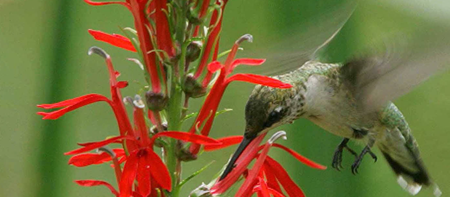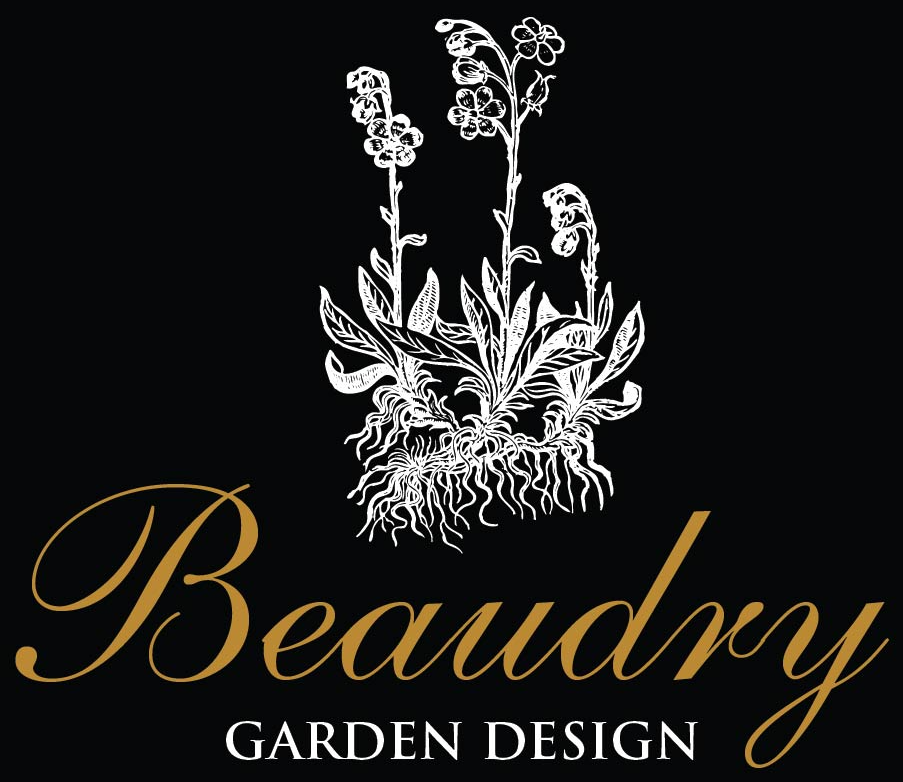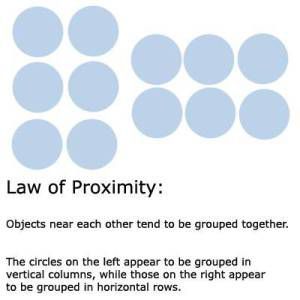Blog Layout
B L O G
ELEMENTS OF DESIGN: POINT
Engage Team • March 25, 2017
ELEMENTS OF DESIGN: POINT
Point is the first and simplest element of visual design. Point serves as the focus of something visual, and therefore draws attention. Even if there is only one point, or one mark, on a blank page our brains will make it mean something. In fact, the visual world is so complex that the mind has developed strategies for coping with the confusion. The mind tries to find the simplest solution to a problem. One of the ways it does this is to form groups of items that have certain characteristics in common.
Our brain seeks some kind of relationship or order, even if only to use it as a point of orientation in relation to the outline of the page. If there are two points on a page, immediately the eye will make a connection and “see” a line. If there are three points, it is unavoidable to interpret them as a triangle; the brain supplies the connections. This compulsion to connect parts is described as grouping, or gestalt.
The study of gestalt originated in Germany in the 1920s. It is a form of psychology that is interested in higher order cognitive processes relative to behaviorism. The aspects of gestalt theory that interests designers are related to visual perception, principally the relationship between the parts and the whole of visual experience.
Gestaltis a psychology term which means “unified whole”. It refers to theories of visual perception developed by German psychologists in the 1920s. These theories attempt to describe how the brain tends to organize visual elements into groups or unified wholes when certain principles are applied.
Gestalt theory includes several concepts. The first is closure. The concept of closure demonstrates that the mind supplies missing pieces to complete an image. Closure occurs when an object is incomplete or a space is not completely enclosed. If enough of the shape is indicated, the brain will perceive the whole by filling in the missing information.
A second theory is continuity, sometimes called continuation. Continuity occurs when the eye is compelled to move through one object and continue to another object. Continuity describes the tendency of the mind to “connect the dots” in order to accept separate parts or points as part of a contour or form. For example, it is hard to resist the compulsion to see two dots as implying a line, or three as framing a triangle.
Another theory, similarity, describes the tendency to see and group objects of similar shape or color. Similarity occurs when objects look similar to one another. The brain will perceive them as a group or pattern.
The last theory in this theory is proximity. Proximity occurs when elements are placed close together. They tend to be perceived as a group. Alignment, either along edges of the objects or points or through their centers, will persuade us see them as a contour or a line.
Points are found in all works of art, whether obvious or not. Point can simply be the focus of attention, which can be emphasized to become a focal point. Point can also appear as a series of points that lead the eye in a particular direction.
These concepts are all helpful in creating any work of art. They are also helpful in organizing your landscape. The next chapter will demonstrate the use of these concepts in creating landscapes.
Share
Tweet
Share
Mail
By Engage Team
•
June 19, 2019
Our very own John Beaudry has just been featured in the news and the focal point was his very own Garden Sanctuary! We were very excited when we got the call saying that they had heard great things about John; from creating garden sanctuaries for others, to writing his own how-to book for those who want to build their very own nature space. After that the ball just kept on rolling. Their news crew came by and were able to really take in what John is all about, his life long dream of connecting people to nature in their own backyards. And now thanks to John, his dream, and the great team we have here at John Beaudry Landscape Design, we are able to do so. While also taking in our customers wants and needs, and what they envision in their Garden Sanctuary. If you're thinking this all sounds really great, then come on down to our Garden Party next month, July 20th. We will be showing John's garden, discussung his book, and letting others see how amazing one dream can turn out. If you are inspired to create your own, we can even answer any questions you may have! For further information regarding our Garden Party, or if you just want to call and chat about our fees and services, go ahead and give us a call at our office during business hours at 619.929.9140 and we'd love to discuss further!
By Engage Team
•
May 17, 2019
In this beautiful city of San Diego, we like to maintain our garden's with as little amount of water possible. Maybe you've been thinking about using less water in your garden but don't know where to start nor look. Here a few easy steps that can help! Check your water pressure. If your water pressure is too high, it is very likely you’re using more water than necessary. Inspect your irrigation. Check, adjust, or replace any sprinkler heads that are damaged or leaking. Hydrozone properly. Water your trees less frequently but for longer periods than shrubs and perennials. Water at Sunrise or Sunset. Soil absorbs the most water during lower temps. Replenish your mulch. Maintaining a 3-layer of mulch can protect your soil from direct sunlight, allowing the soil to absorb more water. These are a just a few of many steps to begin creating a water-wise and beautiful, blooming garden! Call us at (619) 929-9140 so we can get started on creating your own sanctuary, low-water garden!

By Engage Team
•
March 16, 2019
Want to create a beautiful garden that is also water efficient? THE INSTITUTIONAL TURF REPLACEMENT PROGRAM might be for you! The Institutional Turf Replacement Program is a multi-agency collaboration between the Department of Water Resources, the California Conservation Corps, the Habitat Corridor Project, and the Local Government Commission. Their goal is to "replace more than 165,000 square feet of turf with California native and water-efficient landscaping, provide long-term water savings and education, and benefit the public." All you need for this amazing program is the design. Which we can provide! This program will fund your project for up to $20,000 to qualifying applicants. Download the APPLICATION now! Once you're done applying give us a call at (619) 929-9140 so we can began creating your new water efficient and beautiful garden that you've been dreaming of!






